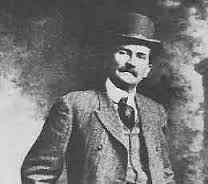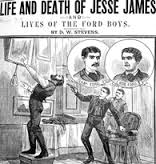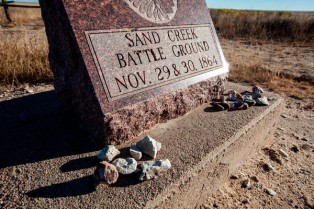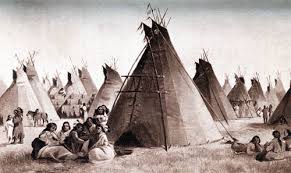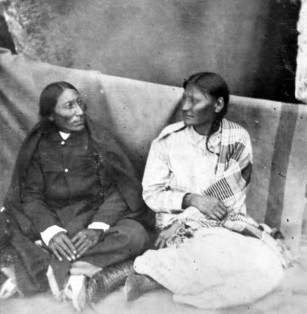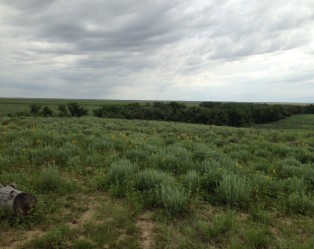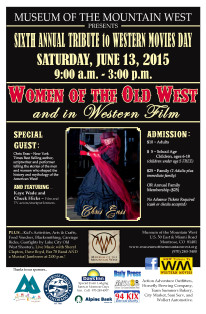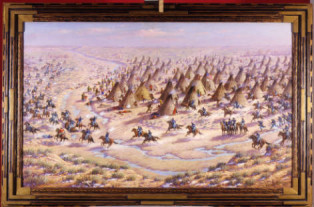It’s a Giveaway! Enter now to win a copy of the new book More Tales Behind the Tombstones: More Deaths and Burials of the Old West’s Most Nefarious Outlaws, Notorious Women, and Celebrated Lawmen.
Patrick Floyd Jarvis Garrett is remembered best for being the man who shot Billy the Kid, but his contribution to taming the American West consisted of much more than that single event. For more than eighteen years the United States lawman tracked down numerous outlaws running wild along the Texas-New Mexico border.
He was born on June 5, 1850 in Chambers County, Alabama. When he was three years old, his parents, John and Elizabeth, purchased a plantation in Louisiana and moved their children to their new home near the town of Haynesville, Alabama. At the age of nineteen the 6-feet, 4-inch Pat struck out on his own and made his way to the Texas Panhandle. He signed on with a team of ranchers driving herds of cattle to market. He later left work to become a buffalo hunter.
The first gunfight Garrett was involved in occurred in November 1876 in Fort Griffith, Texas. A heated exchange with a buffalo skinner over some hides resulted in a fist fight and further escalated to gunplay. Garrett, who was an excellent marksman, shot the man in the chest.
To learn more about Pat Garrett and other western legends like him read More Tales Behind the Tombstones: More Deaths and Burials of the Old West’s Most Nefarious Outlaws, Notorious Women, and Celebrated Lawmen.

